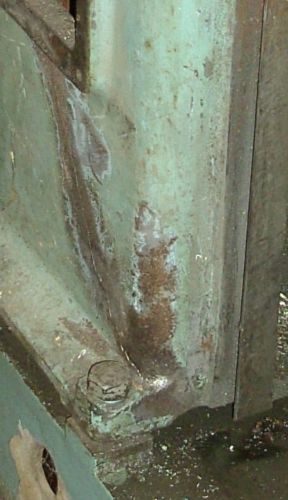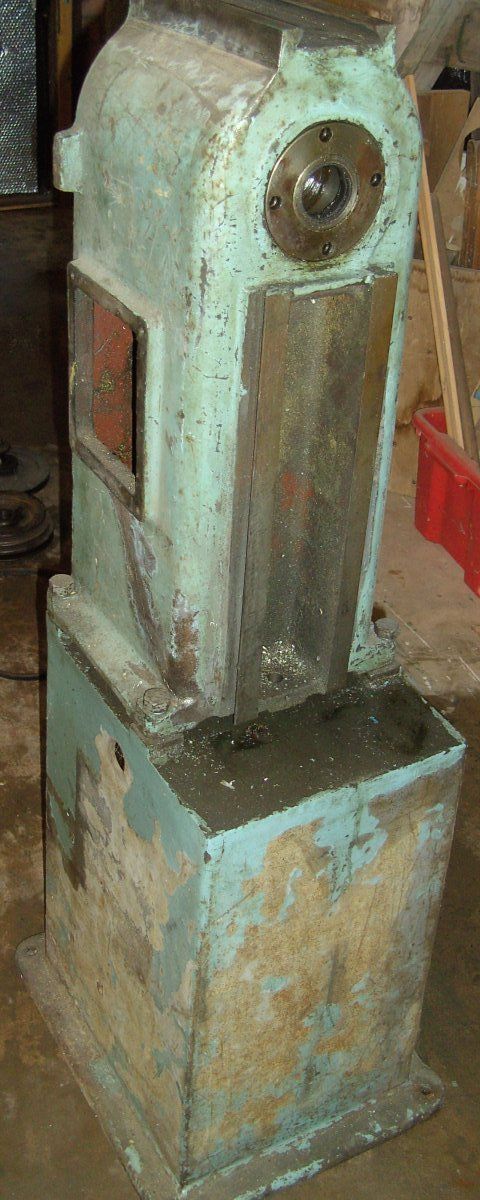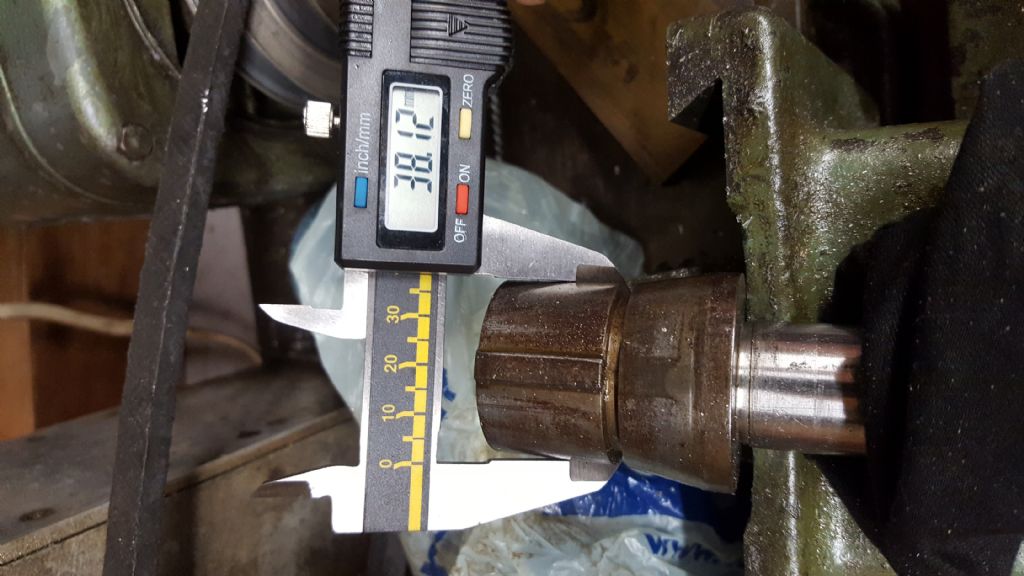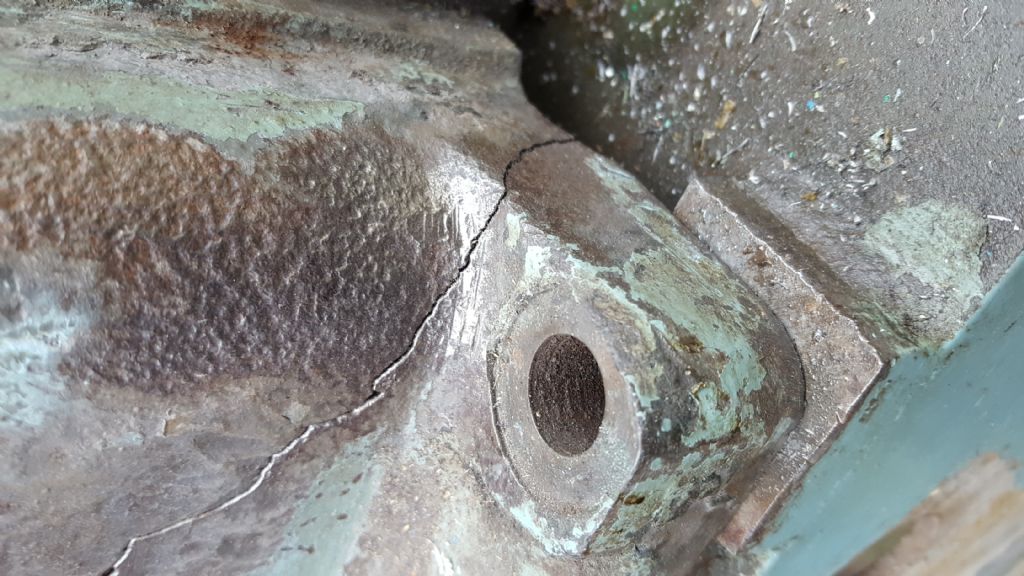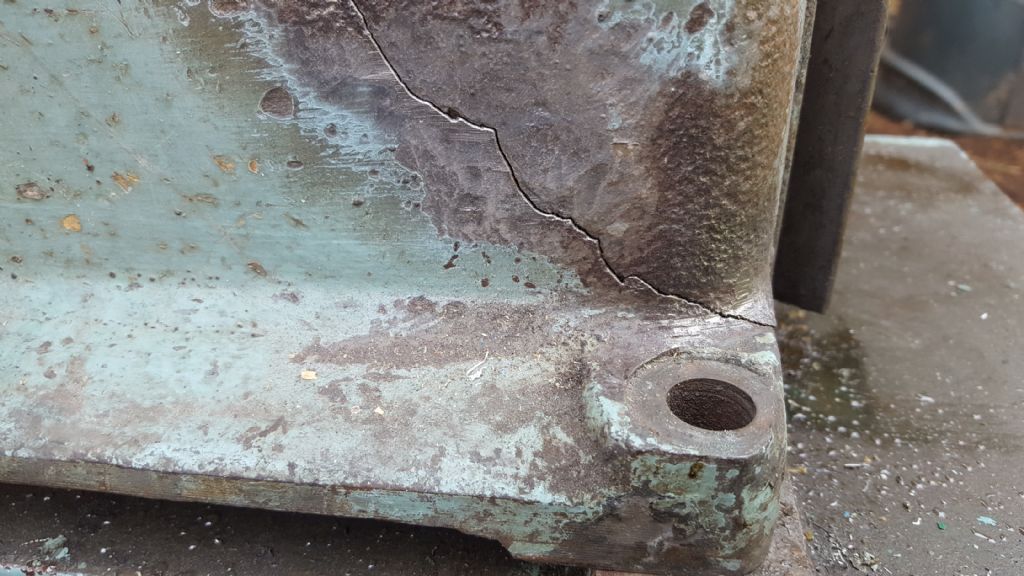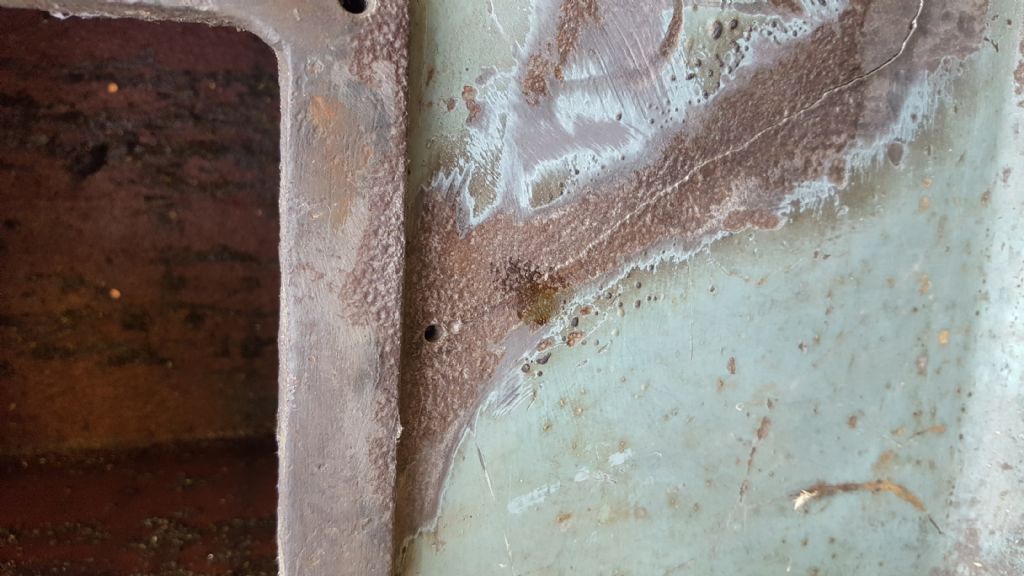Murray has the right of it. Nothing is going anywhere so opening it up a bit and filling with an epoxy something, I've used metal loaded filler (Devcon et al) with success, is the sensible way to go.
Plating as suggested by Journeyman can be very effective but you need to be vey careful with steel plates. Especially relatively thick ones. I have seen more damage than the original produced by such repairs where the thick, poorly seated backing plate broke the casting when the screws and bolts were pulled up tight. Relatively thin alloy and a metal loaded gap filler is safer. The alloy will bend and metal loaded filler is surprisingly strong. Approaching Mazak and similar castings. Steel, I think, is best reserved for when you can clearly see and work from both sides. Its the epoxy which does the load transfer work, not the screws holding the plate, so nothing needs to be uber tight. But it can be awfully difficult to feel whats going on and inadvertently over-stress things. Especially with thin castings. How do I know?
When no other option would do I have welded castings back together without preheat using ordinary, albeit ductile, stick welder rods. The technique is really of the "field expedient" class but is well known to work well if done carefully. Basically the crack has to be opened up and thin layers of well put on both sides using a small rod and low current. When adequately built up final close is done with several passes of a larger rod. Things must be left to cool fully between passes and the weld metal needs to be peened with the chipping hammer as it cools. Peening largely counteracts contraction during cooling minimising extra stresses in the casting. The initial thin layers control carbon migration and similar effects around the joint line which otherwise would be very brittle.
Slow old job tho'. Be futzing about for a day or more with your crack so completely inappropriate here.
Clive.
richardandtracy.


